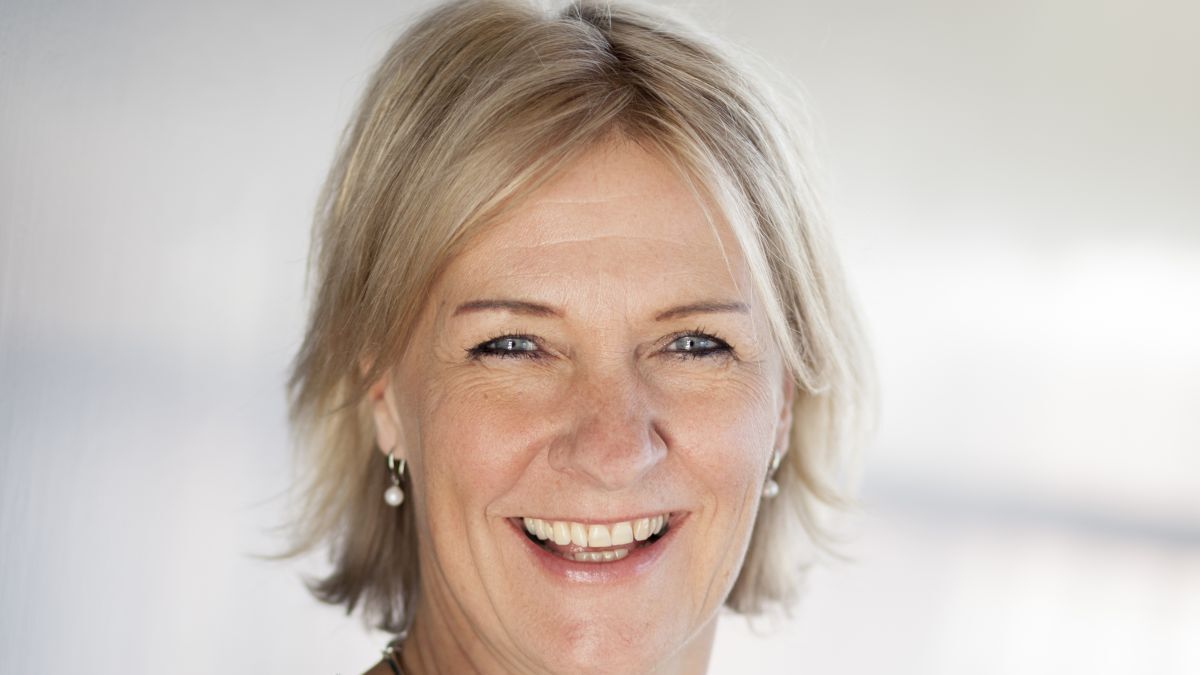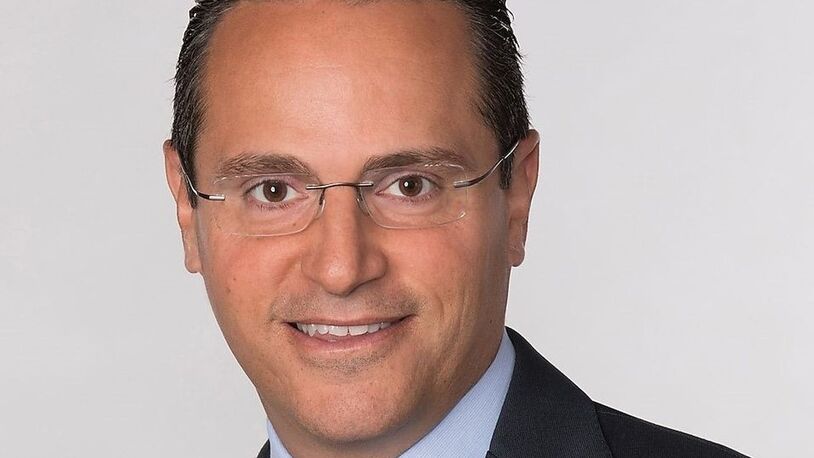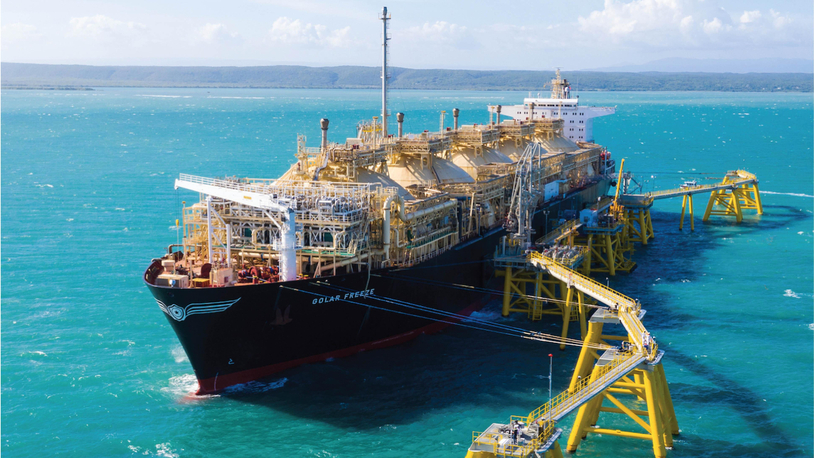Business Sectors
Contents
Constant rejuvenation at Stealthgas
The portfolio of ships at Stealthgas Inc, the owner of the world’s largest fleet of fully pressurised LPG carriers (FPLPGCs) in the 3,000-8,000m3 segment, is in a constant state of flux and replenishment. In recent months the Athens-based company has taken delivery of the 5,000m3 Gas Cerberus, finalised new charter arrangements for three vessels and sold four of its gas carriers.
Gas Cerberus is the second in a series of three 5,000m3 ships from Kanrei Shipbuilding and, following delivery, was deployed in the spot market. The first ship, Gas Elixir, started a 22-month time charter on delivery in February 2011 while the third in the series, Gas Myth, is scheduled for completion in July 2011.
The same Japanese shipbuilder is also building two 7,500m3 FPLPGCs for Stealthgas. The first of the pair, Gas Husky, has recently had its delivery date rescheduled, from the end of November 2011 to the beginning of January 2012. The second vessel, Gas Esco, is due to be handed over in May 2012.
Of the new charter arrangements for the three vessels in the fleet, two began in May 2011. The existing bareboat charters to international gas traders of Sir Ivor and Lyne, both 5,000m3 vessels, were extended for one year. The third arrangement involves a one-year extension of the 3,500m3 Gas Evoluzione’s existing time charter with a major company, beginning this coming August. The average time charter equivalent rate for the above three charters is approximately US$300,000 per calendar month or $10,000 per day.
The four ships sold in recent months are the 1999-built 3,526m3 Gas Shanghai, the 1991-built 6,562m3 Gas Chios, the 1995-built 3,510m3 Gas Czar and the 1996-built 3,518m3 Gas Nemesis. The four sales, to unaffiliated third parties, raised an aggregate sum of approximately US$26 million. The average age of the four vessels sold is 15.7 years.
Following the disposals of the four older ships the Stealthgas FPLPGC fleet stands at 32 vessels in service and three on order. The average age of the ships in service is approximately seven years. The fleet is active worldwide and customers include not only oil majors and leading trading companies but also a range of mid-size and smaller players active in the LPG market.
“We are experiencing both significantly less idle time and higher freight/hire rates this year compared to 2010,” states Harry Vafias, Stealthgas CEO. “The petrochemical gas sector has been very strong so far in 2011, occupying more tonnage than usual. This, in addition to an active market for the core LPG products of propane and butane, has resulted in a tight shipping market and increasing freight rates.
“Moreover Stealthgas has always opted for long period cover with time and bareboat charter arrangements whenever possible. At the moment 70 per cent of the fleet is on period cover and thus avoiding the more volatile spot market.
“Over the past 12 months we have concluded close to 20 time and bareboat charters,” continues Mr Vafias, “and the average duration of these charter arrangements is two years. In addition we have welcomed Gas Elixir and Gas Cerberus, two state-of-the-art vessels, to our fleet in recent months and look forward to adding the three further newbuildings from Kanrei Shipbuilding over the course of the next 12 months. The recent sale of the four older ships helps reduce the average age of the ships in the overall fleet and will, I am sure, assist in keeping us first in the oil majors’ preference lists.”
The ongoing fleet rejuvenation programme at Stealthgas is characterised by the ongoing disposal of older tonnage and the addition of new vessels. The approach ensures the provision of a fleet that is younger than the industry average, and this availability is backed by a commitment to the maintenance of high standards of ship performance and ship design, which takes account of the latest regulatory developments. This philosophy stands Stealthgas in good stead, not least in view of the stringent vetting standards of LPGC charterers.
Gas carrier owners, as indeed all shipowners, are living in tumultuous times, and world events of 2011 to date have been so disparate as to make forecasting the prospects for the gas carrier trades over the next 12 months quite difficult. “Notwithstanding the unpredictable nature of events in recent months, we are confident and optimistic about the LPG market over the next year and onwards,” explains Harry Vafias.
“There is currently a very limited orderbook in our segment; indeed this part of the fleet is set for negative net growth from 2012 onwards. Added to this are the increasing production and consumption of LPG worldwide and the rising demand for transport capacity in the expanding petrochemical gas sector. Putting all these factors together, the picture looks quite promising.
“Freight rates are gradually firming and ship values are also improving, albeit moderately. In addition we are witnessing more attempts by charterers to secure modern ships on medium to long-term charters. This means that they are also optimistic about the remainder of this year and especially 2012,” concludes Mr Vafias. “We see this as a very positive sign.” LPG
Related to this Story
Events
TUGTECHNOLOGY '25
Reefer container market outlook: Trade disruption, demand shifts & the role of technology
Asia Maritime & Offshore Webinar Week 2025
Marine Lubricants Webinar Week 2025
© 2024 Riviera Maritime Media Ltd.













